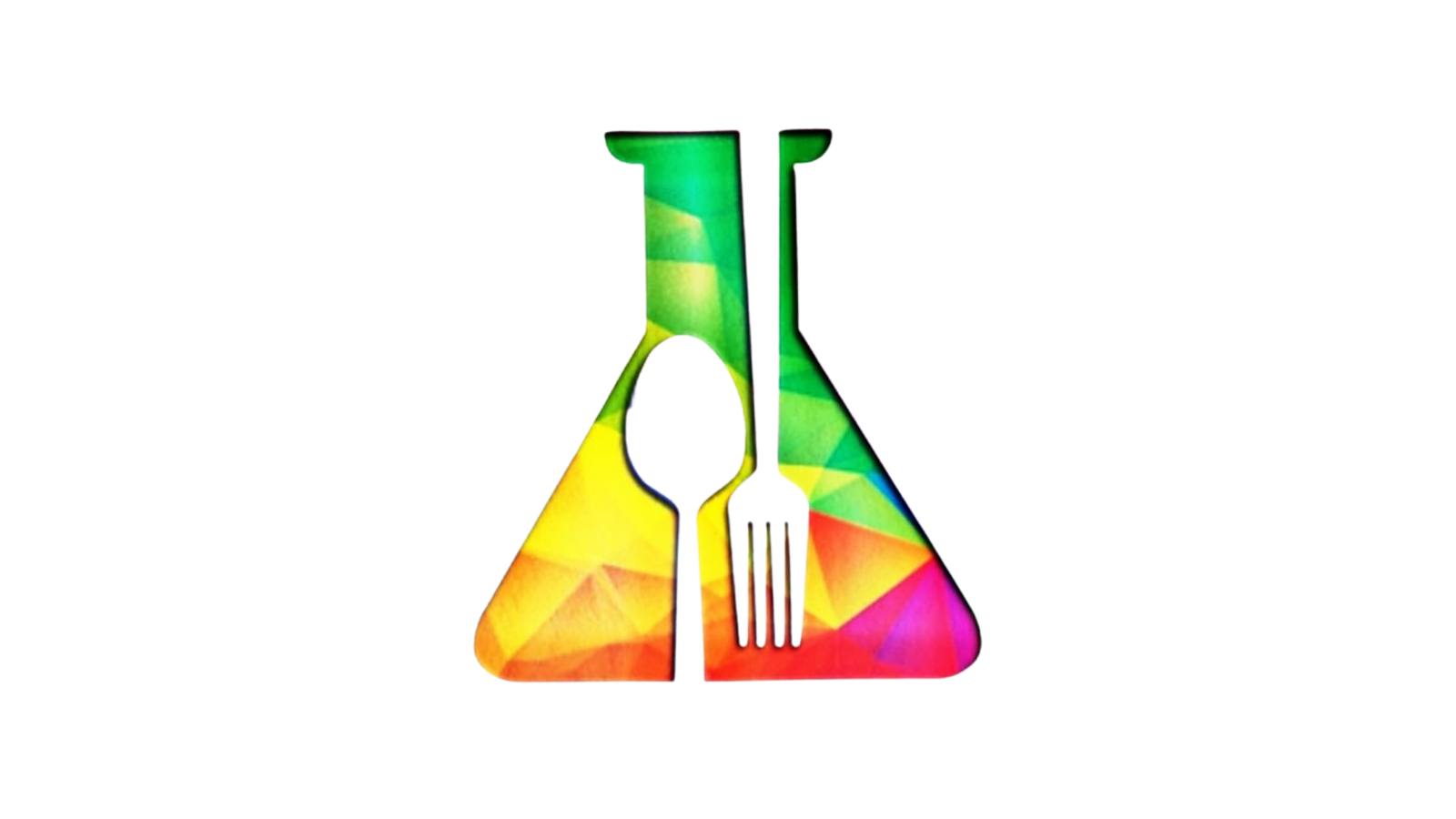Q. Quick bread is
- A cereal product made from rye flour and mimic wheat flour bread
- A bread which is prepared very quickly-ready to eat bread
- A bread leavened with air, steam, and/or CO2 from baking soda or baking powder
- A bread which is easily digested
Answer: c)
They’re called quick because they’re relatively quick to make. Quick bread loaves and coffeecakes use baking powder or baking soda for leavening agents, and require little to no kneading. Fruits, nuts, oats, vegetables and spices can add flavor.
Q. The cell structure appearing when a baked product is sliced is called
- Crust
- Crumb
- Crush
- Cracks
Answer: b)
Development of porous crumb structure mainly depends on dough ingredients, processing conditions, yeast activity, fermentation temperature, and gas bubble formation.
The basic ingredients that are used for a leavened baked product are flour, water, leavening agent (either a chemical leavening agent like NaHCO3 or biological leavening agent like yeast), NaCl, sugar, and shortening.
Q. Milk powder provides__________________to the bread
- Nutritive value
- Crust colour
- White colour to crumb
- Milk is not added in bread
Answer: b)
Milk yields dough with a higher pH compared to water dough, and the fermentation will be slower. Fermentation tolerance (the ability of the dough to work properly in a range of temperatures) will be slightly improved.
Bench time will be extended as the dough ferments more slowly at this stage. (Final proof times will be about the same, as by this time the yeast has adjusted to the condition of the dough.)
Bread made with milk will color faster in the oven and allowance should be made for this. If taken out too early after a superficial examination of crust color, it may collapse slightly and be hard to slice. The loaf should be expected to have a darker crust color than bread made without milk.
Q. Which of the following is being used in immersion freezing
- Glycol
- Dry ice
- Ammonia
- All of the above
Answer: a)
Belt freezers employ a contact method of freezing similar to plate freezers which comes under immersion freezing. Simple belt freezers consist of an endless steel belt (approximately 1 mm in thickness), the underside of which is cooled either directly with brine, glycol, or cryogenic sprays, or by sliding over a stationary cold surface. Because only one side of the product is in contact with the cooling surface relatively thin products are required, such as hamburgers, fish fillets, or liquid and semiliquid products such as purées and sauces.
In double-band systems the product is frozen between two endless belts of which the top is flat and the lower belt corrugated.
Q. In CA storage, the ethylene scrubber uses which of the following oxidizing compound
- Nitric acid
- Potassium permanganate
- Hydrogen peroxide
- All of the above
Answer: b)
Ethylene Oxidation Potassium permanganate is known to oxidize ethylene. Ethylene is initially oxidized to acetaldehyde (CH3CHO) which it turns is oxidized to acetic acid (CH3COOH). Acetic acid can be further oxidized to carbon dioxide (CO2), and water (H2O). To reach this final step, however, there must be sufficient potassium permanganate available for the reactions. Assuming this is the case, the oxidation of ethylene would proceed to the formation of carbon dioxide.
3CH2CH2 + 4KMnO2 = 3KCOOCH2 + 4MnO2 + KOH + H2O
Ethylene Control – Applications
Potassium permanganate impregnated alumina media is one of the favoured chemical media for removal of ethylene. The three main application areas are:
- Controlled atmosphere storage
- Fruit / vegetables ripening rooms
- Shipping / transportation of the horticultural produce
🔔👥 WhatsApp – Join our groups for regular updates (Jobs, News, Training etc) If you are already in our groups, please don’t join. All Groups are same.
🔬👩🎓 Join Food safety Training Programs (Online/Offline)
🖥️ Level 1 training
🔗 https://bit.ly/3tRtUec
🖥️ Level 3 – Internal Auditor training
🔗 https://bit.ly/3RARhSG
🖥️ FSSAI FOSTAC training
🔗 https://bit.ly/3xAB74x
🖥️ Internship program
🔗 foodtechnetwork.in/7361/





